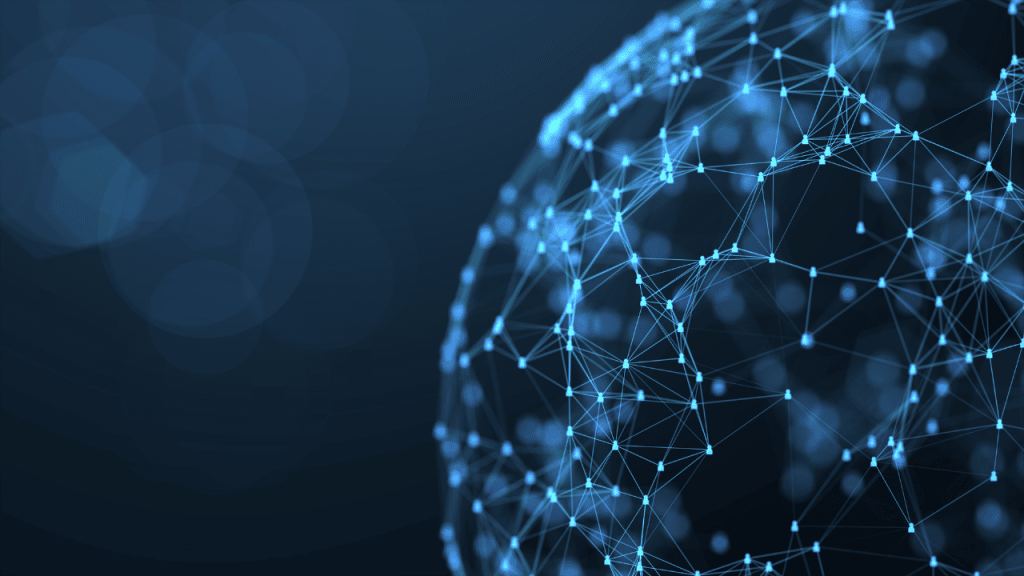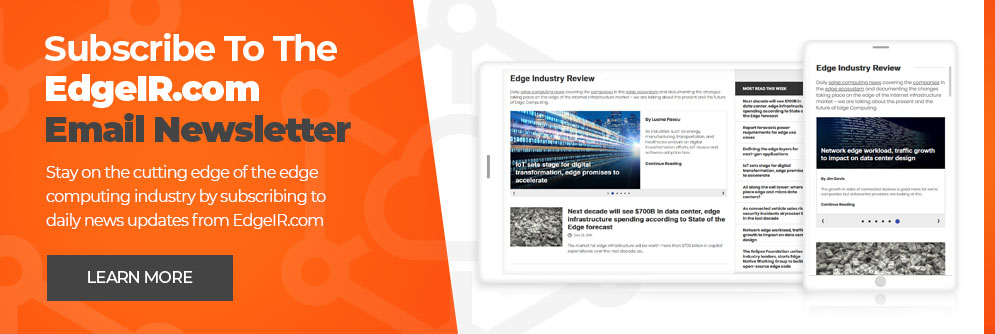What is edge computing and how it is reshaping the future

The growth of various sectors such as automotive, healthcare, agriculture, and even military applications is significantly driven by advancements in edge computing infrastructure. But what exactly is edge computing? At its core, edge computing involves processing data closer to its source—at the edge of the network—rather than transmitting everything to a central cloud service.
Over the past decade, the demand for rapid responses in real-time data processing has surged. From autonomous vehicles to security applications and AI deployments, modern edge computing promises instantaneous feedback by minimizing round-trip processing times to as little as a few milliseconds.
This distributed computing approach prioritizes speed, bandwidth efficiency, and reduced dependence on cloud infrastructure. Despite facing challenges related to computational power, there has been substantial progress in developing both the hardware and software components, ranging from specialized hardware to mature software solutions and edge orchestration platforms designed to manage thousands of deployed edge devices.
The cost of moving data
In conventional data processing approaches like cloud computing, the data is transferred to the cloud via the internet or, in some cases, via a wide area network. Generally speaking, this approach works well for many applications but has a cost in terms of bandwidth needs.
In some cases, the cost comes with moving data out of the cloud (known as egress charges); in other cases, the cost is in terms of the time that it takes to move data into the cloud. Processing data at the edge can offer an efficient system that results in lower latency while avoiding costs for bandwidth and data storage.
For many types of AI deployments, for example, businesses have realized the limitations of centralized cloud infrastructure, convincing them to shift to edge processing that lets them worry less about bandwidth and latency constraints. Networking technologies such as 5G, in tandem with edge computing, could enable many AI deployments in remote locations.
One of the key benefits of edge computing for AI is lower latency. AI-based applications rely on high-accuracy models, and a quicker data feedback loop can be used to improve the accuracy of AI models. After using data, it can be discarded rather than stored, resulting in another cost-saving benefit.
This highlights another benefit of edge computing: data sovereignty. As data collected at the source is locally processed, this allows organizations to keep the data well protected within a defined geographic location as well as a specific, localized ecosystem.
Visualizing which edge to use
[Image Credit: LF Edge]
According to LF Edge, a group within the Linux Foundation working to define standards and technologies, edge computing is defined as “Distributed cloud computing, comprising multiple application components interconnected by a network.” The cloud edge and device edge allow the conceptualization of multiple steps.
The two primary categories of edge computing are the Service Provider Edge and the User Edge. Before getting into the first main tier, the Service Provider Edge (SP Edge), it is important to understand the concept of a centralized data center. These facilities host cloud-based computing services, offering economies of scale and flexibility that individual devices cannot achieve.
The SP Edge takes this concept and, on a smaller scale, delivers services across the global fixed networking infrastructure, often in the form of as-a-service solutions. Unlike centralized data centers, the SP Edge is more distributed. It largely utilizes fixed and private networks established by Communications Service Providers (CSPs), many of whom are actively deploying both edge services and 5G technologies.
The second top-level edge tier is the User Edge, which moves further away from the centralized data center. In contrast to the SP Edge, the User Edge encompasses a highly diverse array of resources. As the LF Edge Foundation states, “The closer that edge compute resources get to the physical world, the more constrained and specialized they become.”
While devices at the User Edge typically have less computing and storage capacity than centralized cloud systems, their greater quantity allows developers to leverage the enhanced security and privacy that localized computing provides.
As the data has grown with complex applications coming to the market and the need for automation in every space of day-to-day life, edge computing has several advantages over current cloud service architectures, and these advantages will enable rapid market growth.
According to market research provided by IDC in 2024, worldwide spending on edge computing is expected to reach $378 billion in 2028, growing at a double-digit CAGR. Dave McCarthy, research vice president of Cloud and Edge Services at IDC, says, “This trend not only optimizes operation efficiencies but also fosters new business models that were previously not possible with centralized infrastructure.”
SiMa.ai unveils Modalix SoM for edge AI acceleration
Article Topics
5G | AI | cloud computing | edge | edge computing | edge orchestration | latency | LF Edge



Comments